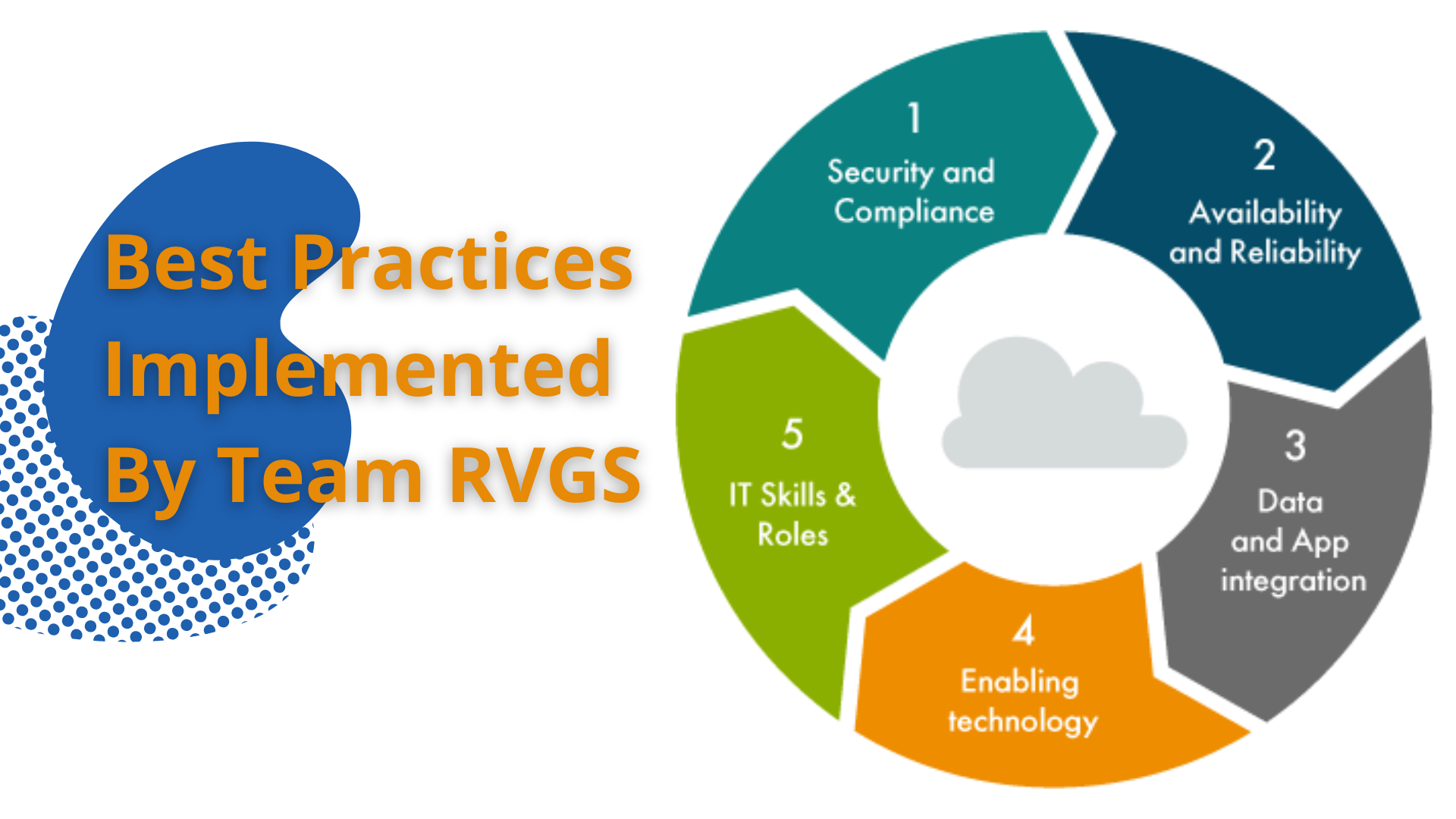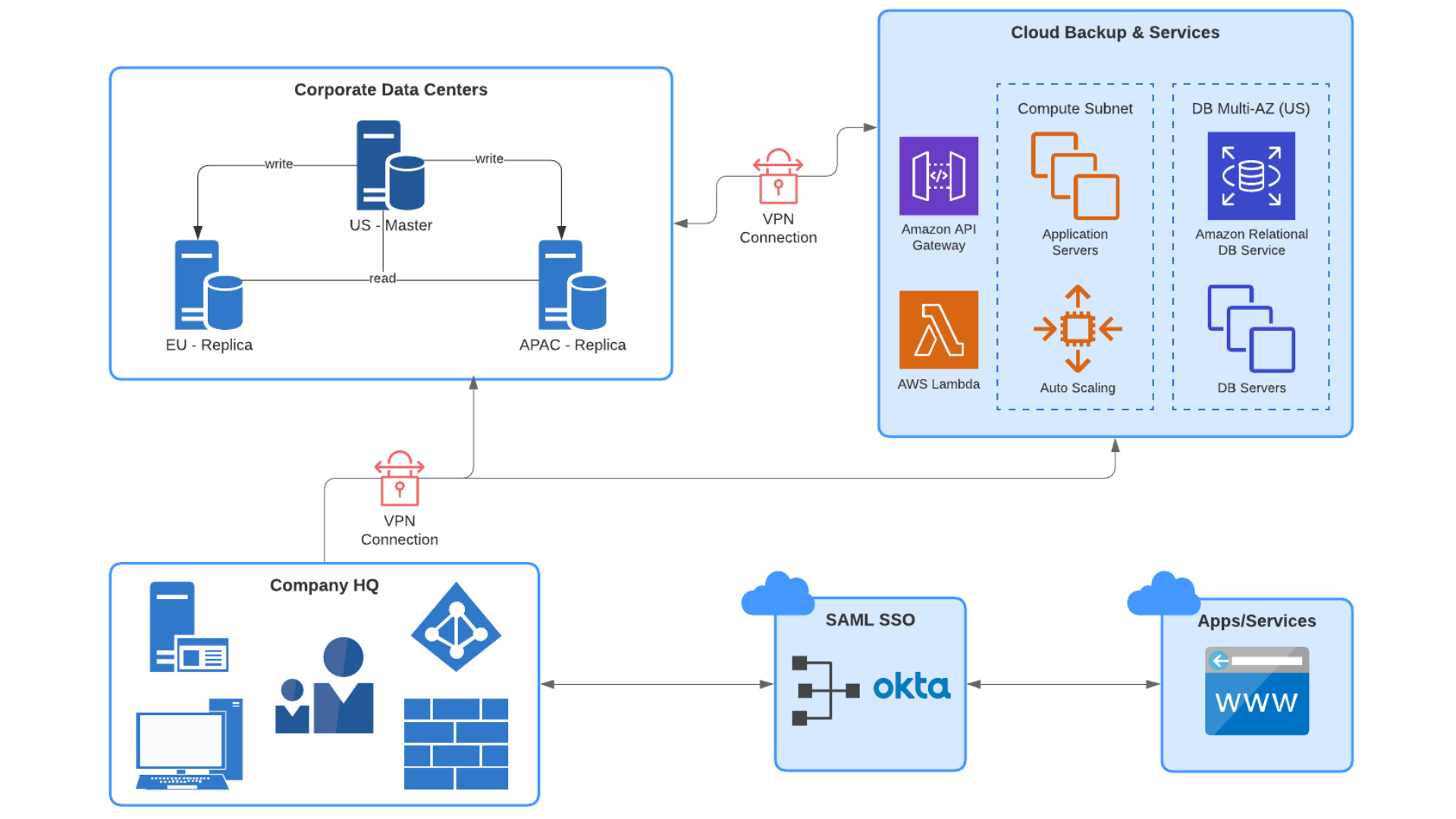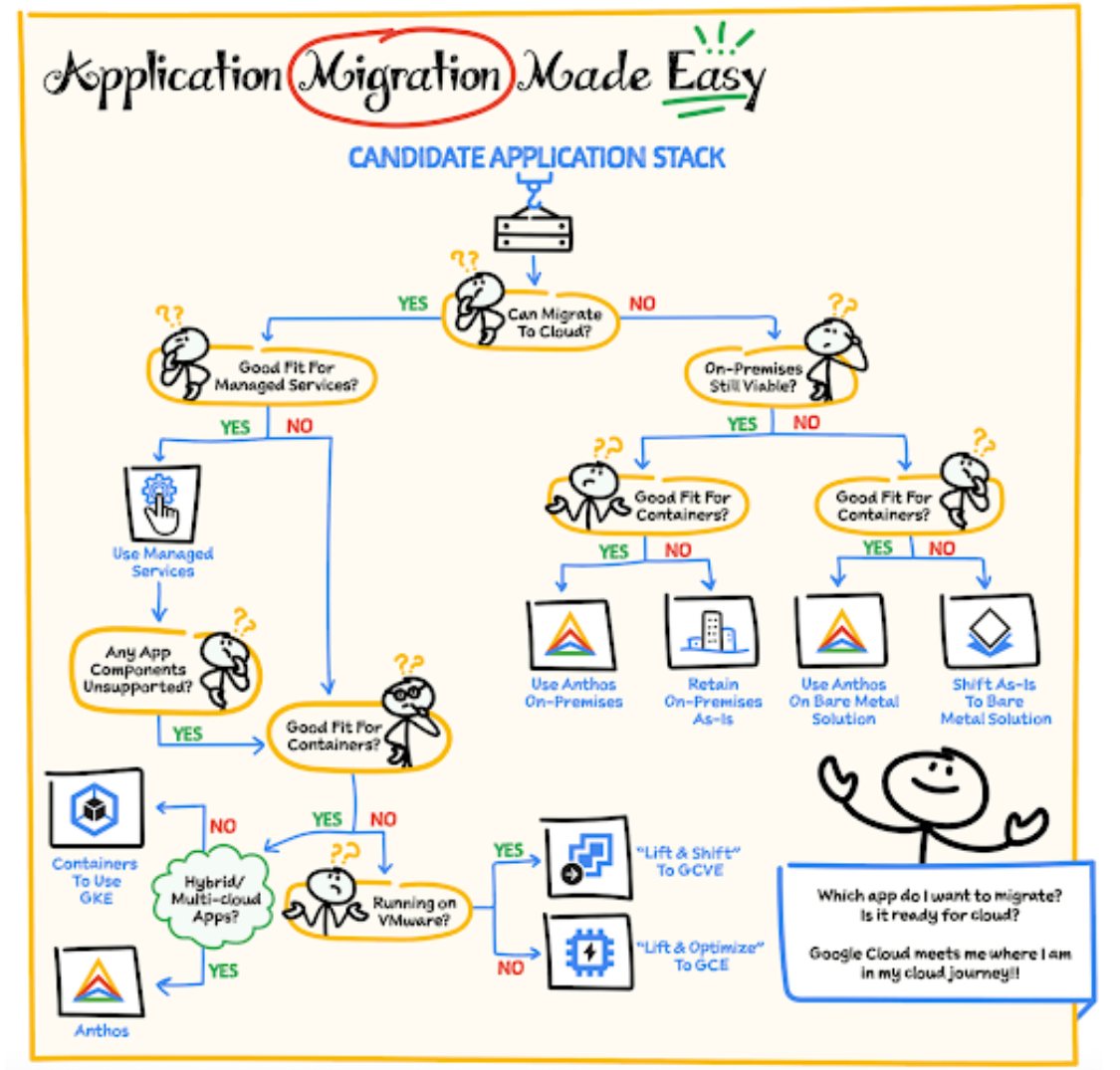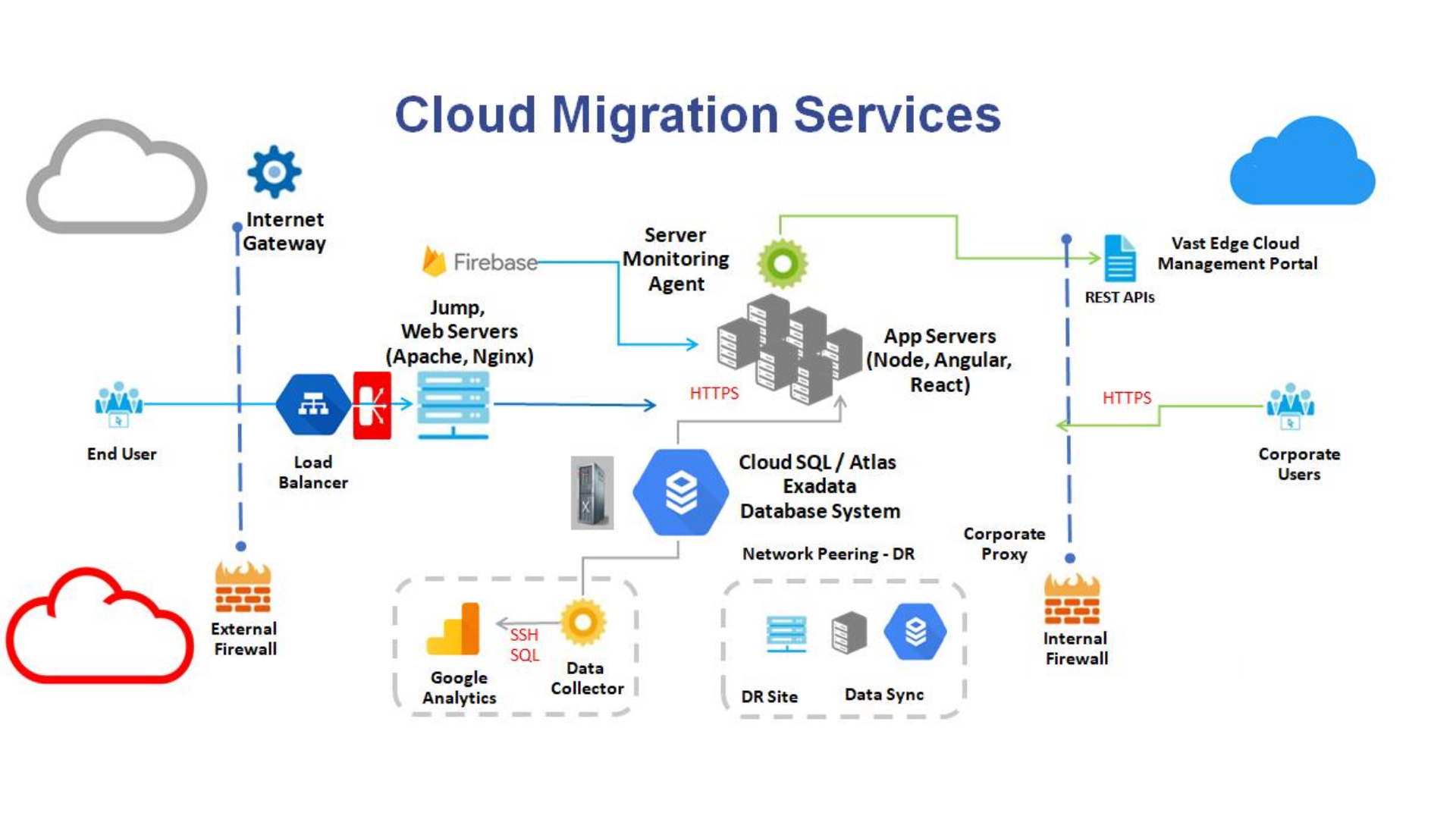
Processes & Solution patterns adopted by RV Global Solutions Inc:
Introduction
RV Global Solutions Inc. (RVGS) focuses on creating blueprints and building foundations for software systems supported 24/7 on server-less paradigms for structure-less data & also for structured big 9’s 99.99 data durability as multi-dimensional planed architecture as the main guiding principle around handling bigger datasets with standard(on premise), extended(global) and advanced data lakes storage patterns. All the components – both AWS and non-AWS (open or custom) we develop, integrate around automated processes create self-orchestrating workflows outside internal WAF’s (Web Applications Frameworks) with 100% secure encrypted URL end points to both internal and external micro services web application components linked in the core network model confirms the core pillars as per Amazon’s doctrine – Security, Reliability, Performance efficiency, cost optimization & Operational excellence.

Here are cloud best practices that we implement from a process standpoint:
- How do we onboard customers?
- We start with initial configurations with a big-bang approach where in the cloud formation templates from the cluster to individual processes are customized in order to cater to the specialized needs of the complexity around the project. Then we involve the right stakeholders for a sign-off process on the security framework and the application framework blueprint.
- We then continue the journey from proof-of-concept development to demo models based on artifacts stored in right tools sets such as JIRA and code repository management using state of the art team based versioning tools/API’s, plug-ins and custom cross-platform Saas/PaaS/IaaS extensions.
- How do we engage Cloud customers?
- We create pilot DEMOS in lower environments with the help of our development teams and engage the business users on testing the mock UI around the requirement gathering and data discovery exercise.
- We devote ample time on business process workflow models in every discrete advanced feature/regular BAU functionality that a planned product line needs to follow right from the rudimentary user story getting evolved into a group of tasks to support features and related epic.
- How do we plan a Cloud rollout?
- We perform stringent performance tests on an application with the volume of data (that makes the customer comfortable) before a rollout.
- We always test with Real-time data before a planned roll-out.
- We believe in continual innovation of our managed services model dealing with complex project components that follow a predefined but flexible Definition of Done (DoD) journey from null user story via features implementations over rudimentary epic ideas right from delivery to post-production support model process for our clients and are committed to their utmost satisfaction by regular analytics and monitoring reports on the applications.
- Metrics/KPI’s to track the success of the above best practices:
- Business process professionals focus on external customers’ views rather than taking inside-only views.
- Customer satisfaction (csat) to take into account the overall holistic viewpoint of the customer’s AWS engagement all along the customer’s journey from process standpoint to address specifics on product or process improvements.
- Determine the effective abandon rate and/or bounce rate on the service process end points from customers actions.

Here are cloud best practices implemented by our cloud development team:
- Identify the most appropriate, compatible and manageable development & testing tools
- Perform periodic code reviews and code repository deltas.
- Perform regular milestone reviews and checkpoints to enable solid product delivery
- Put together an automation strategy with Jenkins, Docker containers, Git-Hub, Kubernetes around development, monitoring and AI/ML based research analytics data which is ready for digital consumption after extensive input-process-output cycles working on data delivery formats such as excel, XML/ HTML & JSON.
- Our managed services cloud development team adopts a defect management system such as JIRA subversion and record link each feature/user stories/tasks in a bug or code anomaly (software defect) in an AWS compatible code compile & deploy tool such as swagger.
- Metrics/KPI’s to track the success of the above best practices:
- Identify specific customer benchmark baseline in order to succeed in the development phase of the cloud initiative.
- Are code reviews and milestone reviews happening?
- During the data gathering, analysis, design and development phases, for example, the project management team must be in sync with a prospective customer to engage effectively with post-development support of the code base to help make important decisions for the customer.
- Are any defects being handled / logged outside the established defect management tool?

Here are some best practices implemented by our cloud support team:
- The application support team addresses post development flaws and budgeted intended advanced features implementation and testing in all environments such as DEV/QA/UAT/SIT before moving the runtime deployed application into production.
- The support timelines & activities must not interfere with the product’s BAU processing in the DR/production environment.
- All the support configurations and maintenance activities such as patches are planned during the application down-time and out-side of the availability window around usability of the actual production environment.
- Metrics/KPI’s to track the success of the above best practices:
- Is a strong next gen knowledge management portal platform ready to deal with all the solutions for the day to day operational and business continuity of the customers to aid them in their self-service journey from baby steps to old age retirement woes?
- Attending to the health and well being of the customer experience is key to resilient redressal of customer chaos with cultural challenges going through a diverse journey with plenty of options but little insight into the needful action for rendering the services and support model to achieve success.
- Customers demands in terms of technical & business process based benchmarks for performance and high availability. For example following hold true when supporting a cloud implementation:
- Be available there in the region and language the customer prefers
- Optimize all of customers content for mobile & other supported IoT’s
- Don’t make customer wait for a page to load, call transfer, or account look-up

Here are best practices implemented by our cloud architecture team:
- Pricing:
- We keep price markups into consideration for critical decisions around growing user account limits, storage plans and scalability to accommodate application’s unique changing requirements by month/quarterly/yearly spans.
- We employ AWS internal and external cloud utilization factors such as number of instances/memory requirements per instance to determine cost variances across relevant areas of the infrastructure capacity as per game plan.
- We adhere to strategies defined by our clients in order to make a project initiative more affordable.
- We strive for best accountability of role based policy implementation for our development, support & architecture teams.
- Scalability:
- We determine and track all decision points such as application and system processes uptime/downtime requirements & parallel run mode that are critical to have an application scale up or down as per changing business requirements, experimental product calibrations.
- We continuously monitor usage of memory, space and process requirements and track events around the scalability to determine failures or failovers using components such as Cloud Watch.
- Performance:
- Performance of the AWS stack integrated with the application stack, data layer and middleware are kept independent and autonomous from the external dependencies of internet by wise use of firewalls and gateways to provide security to have a robust future state of architecture that is designed keeping in view best practices for frameworks integration & workflows extensibility.
- Business rules separating API, Services and data with application performance are central to our architecture blueprint. Common examples are Rules engines, metadata repositories and data cache management approach.
- Usability
- All engaged cross-domain teams incorporate usability concept and re-usability as a guiding principle in the architecture pattern for every complex project right from the component level to individual module lambda function level.
- Ensure all deliverables meet MVP (Minimum value proposition) criteria for business relevance to maximize usability for product users.
- Re-usability of each software component is kept in mind to minimize coding and adopt security best practice of keeping users encapsulated from data and its redundancies.
- Usability of the product UI components across the board to give preference to align organization business goals and disciplined functional process based approach to technical code refactoring goals alignment. We can enforce usability by common library modules, callable class interfaces hierarchies and cross platform integrations (SDK’s).
- Core application use-cases are implemented by adopting a standard based applications platforms(feed file based, batch or real-time) integration and automated services portfolio management adhering to the Amazon Web Services (AWS) well architected framework principles & pillars of security, scalability and cost optimization handled via a delicately balanced custom Managed Services team.

- Using Elastic Load Balancing, incoming traffic would be distributed across multiple Availability Zones on Amazon’s Elastic Compute Cloud (EC2).
- By routing traffic to available EC2 instances, downtime due to data center outages shall be prevented or reduced, and dynamic site scalability allowed for spikes in traffic to be handled without customer impact.
- To improve speed, static assets-such as images, JavaScript, CSS, and fonts are proactively cached on Amazon CloudFront, AWS content delivery network, to ensure rapid global delivery. This has the added benefit of reducing the amount of requests the application servers were handling at one time, creating a smoother, faster browsing experience for each customer.
- The managed services team monitors the daily site metrics and ensures applications are up-to-date and optimally invoke exact intended instance level processes hitting the network traffic at required memory points over regularly clocked average intervals to maintain uptime resiliently without any surprises keeping the hardware, software and middleware in sync with the amazon cloud services.
- In order to have a best of the breed CD (Continuous Delivery), our software development team uses the latest DAD (Disciplined Agile Delivery) approach to delivery of Statement of Work’s each requirement piece by phased inception, construction and transition followed by a final automation based transformation phase augmented by DEMOS.
- We are adopting a state of the art innovations lab that will effectively leverage the following recently released Amazon components.

1) Amazon Connect: Standard data access interface available connect to various data sources like Excel, Flat files & specialized data sources like data lakes
2) Aws Cloud Shell: Command line interface to run commands to copy or move data and perform specialized functions like import/export & backup/restore
3) AWS Fault Injection simulator: Fully managed chaos engineering service. Perfect Use case for automated testing of mobile/IoT devices based product solutions based software for example WhatsApp, Facebook, twitter & Instagram integrations on open sourced mobiles like Librem 5
4) Amazon location service: Securely and easily add location data to your applications
5) Amazon Lookout for Equipment: Detect abnormal behavior by analyzing sensor data
6) AWS Proton: Automated management for container and serverless deployment
7) Aws IoT Greengrass 2.0 – Build and manage IoT apps with open source run-time
8) Amazon Glue Elastic Views: Combine and replicate data across multiple data stores
9) Amazon AMPLIFY Admin UI: The Amplify Admin UI is a visual interface for frontend web and mobile developers to develop app backends and manage app content outside the AWS Management Console. Teams can use the Admin UI to create and manage enterprise-ready, scalable, and secure cloud backends for their apps.
10) AWS Well Architected tool: With the AWS Well-Architected Tool, we plan to leverage the APIs that allow our clients and partners to extend AWS Well-Architected functionality, best practices, measurements, and learnings into their existing architecture governance processes, applications, and workflows.
- With the introduction of APIs for the AWS Well-Architected Tool (AWS WA Tool), our customers can now build their own integrations to support a broad range of use cases, including the ability to integrate AWS WA Tool data into centralized reporting tools, and integrate identified risks with ticketing and program management systems. The API also enables automation of best practice detection. APN partners can incorporate AWS Well-Architected into their own tools, and engage on integration projects with enterprises.
- By using the AWS Well-Architected Tool API, our customers can effectively govern workloads across many applications specific AWS accounts, always stay up to date on the latest best practices, and scale AWS Well-Architected principles across their teams and systems.
- Metrics/KPI’s to track the success of the above best practices:
- The main success factor and leading KPI to measure for the cloud architecture is whether its current state is meeting the customers standard and is making them more successful.
- The mechanisms, toolsets and dashboards to capture the customers hurdles and friction with the current to future architecture direction is another key metric that can be garnered for architecture blueprint baselined evolutionary transformation.
- Customer effort score (CES): This is the measure of how the architecture of the cloud is making business easy for the customer. Companies that can anticipate customer needs and potential obstacles tend to have tremendously loyal customer bases. CES surveys are a great way to gauge effort level at key points in a journey. CES is “25% more predictive of customer loyalty than the next best metric.” Why? Because so much of any customer journey is guided by architectural effort.


